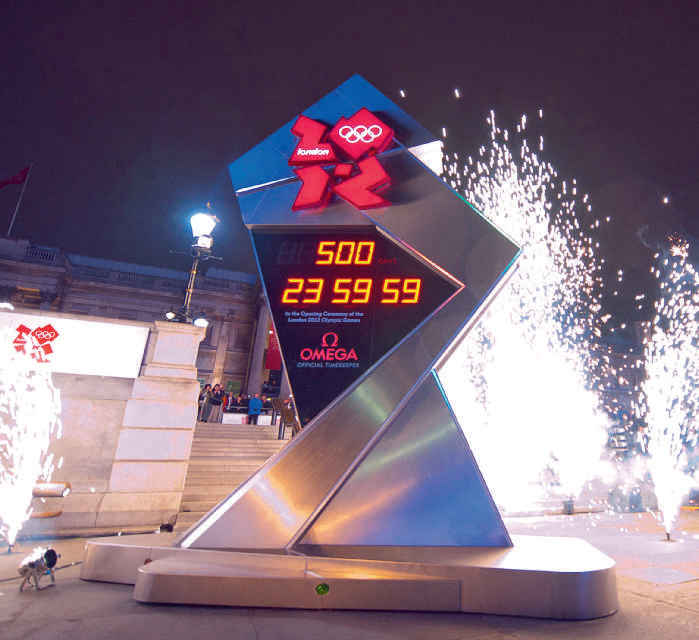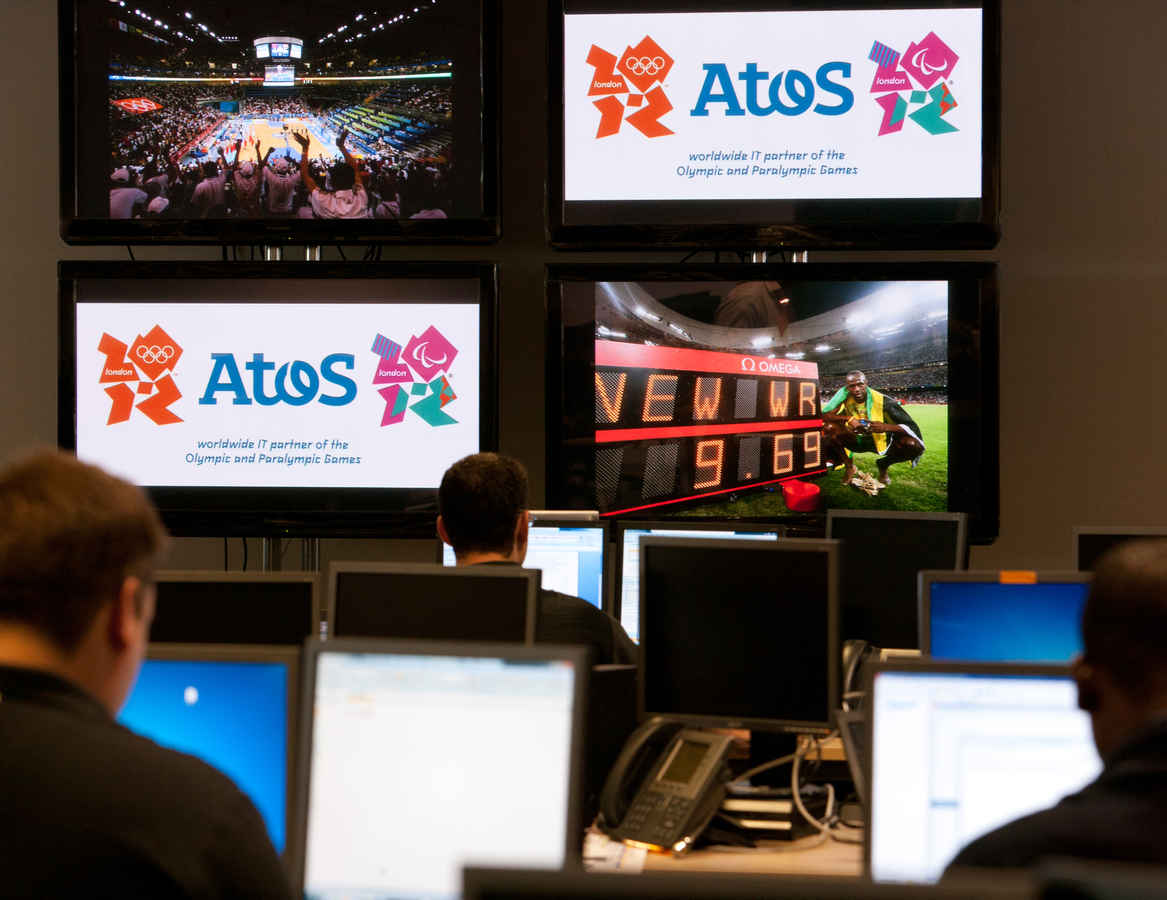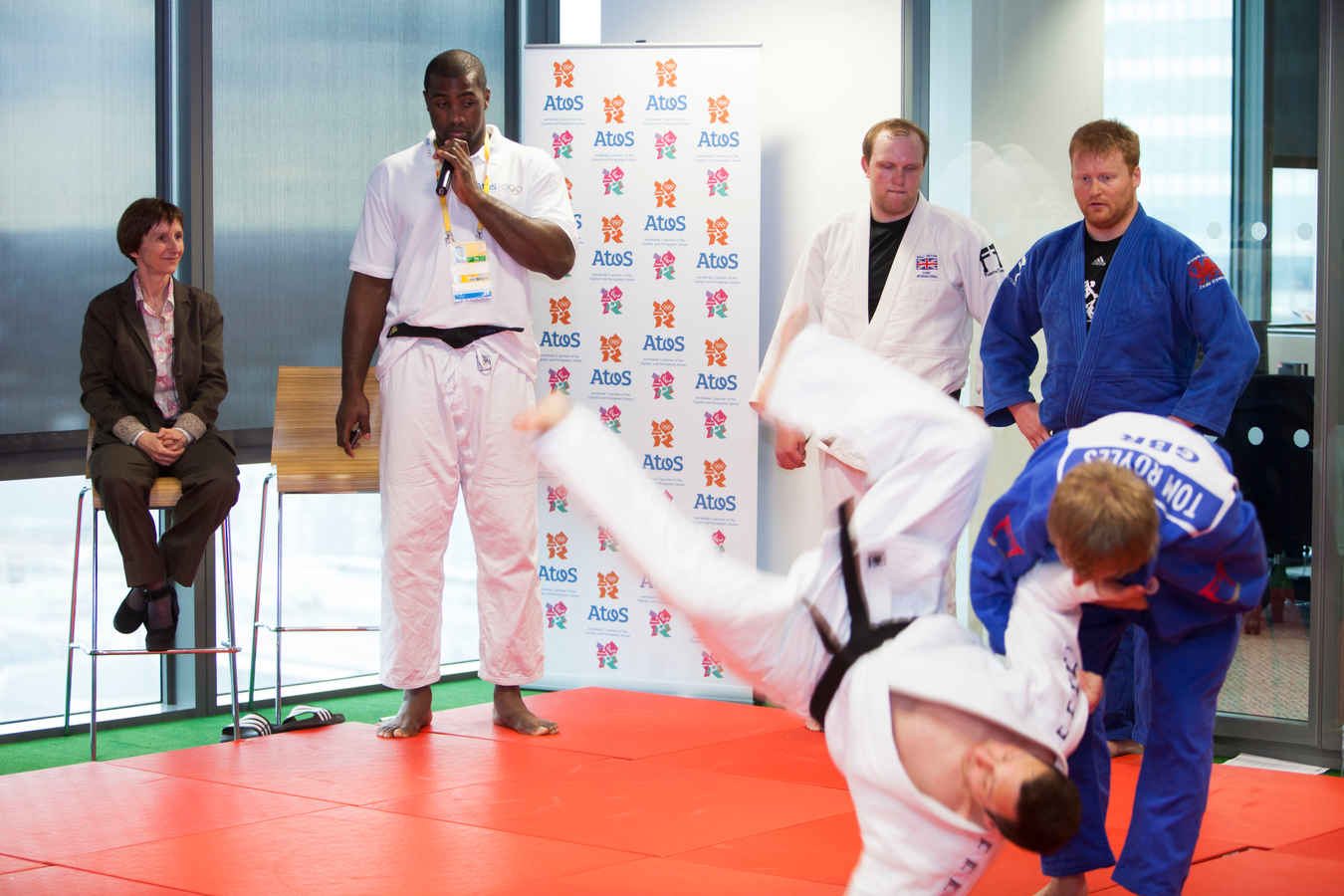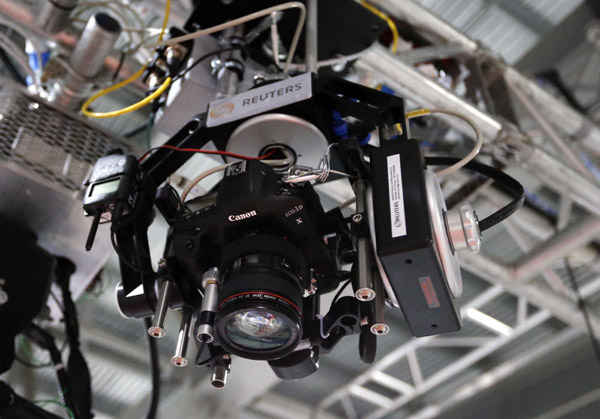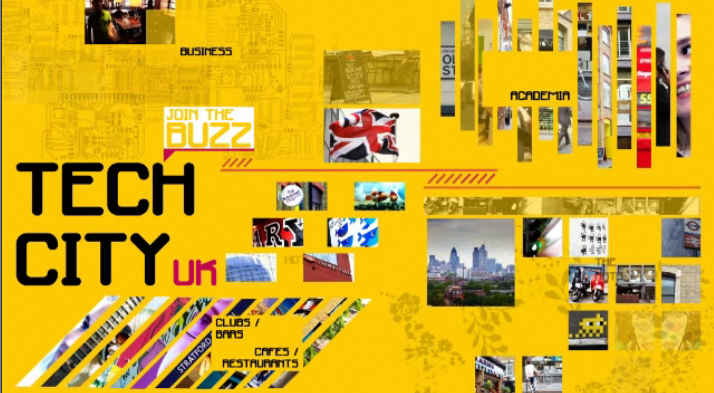2012 Olympics Tech: At the Games
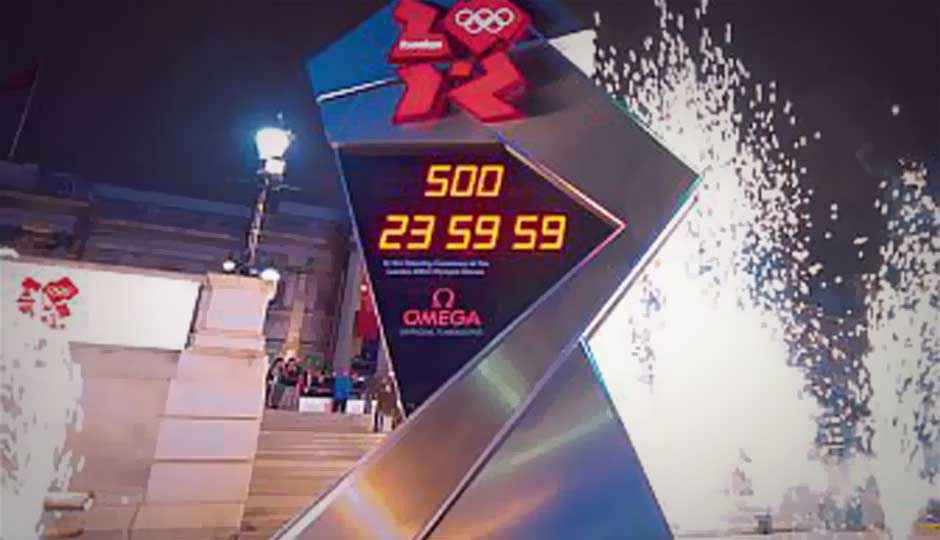
London last hosted the Olympic Games in 1948, but back then it was radically different from what it is now. A shell of a city after the Blitz, no place more than London embodied the Olympic Creed, “The important thing in the Olympic Games is not winning but taking part. The essential thing in life is not conquering but fighting well.”
 Survey
SurveyThe Games were making a comeback of their own, having been on a 12-year hiatus during World War II. Together, London and the Games soldiered on in what became known as the Austerity Games. The city accommodated athletes and events in repurposed rather than newly built facilities. Athletes shuttled to events on London buses and stayed not in an Olympic village, but in RAF shelters and schools. Rationing was still in effect, and the gold medals were made of oxidized silver.
But the London games of 1948 nevertheless broke some technological records. The first photofinish camera, called the “Magic Eye,” was developed and put to use by the British Race Finish Recording Co. Ltd. Though it was only a backup to the discernment of finishing-line judges, some athletes and officials asked for an explanation of how it worked for assurance. Timing systems were triggered by the starting guns. The Games were also broadcast to homes for the first time.
London and the Olympic Games have enjoyed years of prosperity since 1948, but in some ways, they are both still revitalizing each other. Preparations for the Games included restoring and decontaminating wetlands around the Olympic Park, wiring the city for technological development, and supplying it with a more skilled workforce. In turn, the London 2012 Olympics are seeing an unprecedented inauguration of new technologies.
Here are a few going for the gold in running and capturing the Games:
Perfectly Timed
Timing is everything and nowhere more so than at the Olympic Games. Omega is the official timekeeper for the 25th time in 80 years. Its chronological celebration started with the installation of a countdown clock in Trafalgar Square last year that ticks off the minutes until the games begin. (Though on day one there was a hiccup and it temporarily stopped working.) Omega’s also keeping score by stationing 70 public scoreboards around the venues along with 320 sport-specific ones.
Four timing technologies will make their Olympic debut. The first up is the Quantum Timer, which can time 16 competitors simultaneously within one-millionth of a second of accuracy. Runners will set up on an updated starting block that gauges the force of a foot against the back block, detecting reaction time to measure false starts more accurately. The Swimming Show is spectator-focused, displaying touchpad-triggered dots to indicate first, second, and third place. Another aquatic feat is accomplished by the Open Water Gate, which keeps track of swimmers’ times via transponders they wear on their wrists and whose accuracy is backed up with high-definition cameras on poles.
To make sure everything is kept ticking, Omega will have more than 450 professional timekeepers and data handlers standing by along with about 800 trained volunteers.
Sports Center
Results from Omega hit Atos’ Commentator Information System (CIS) in a fraction of a second. There they team up with comprehensive info on each athlete, event schedules, and even the weather for a complete look at what influences each moment. This is the first time all 26 Olympic sports (and five Paralympic ones) will be included in the CIS. Atos predicts that it will be processing 30 percent more data than it did in 2008 in Beijing. The system dispenses from its repository of information to Olympic officials, broadcasters, press agencies, and the London 2012 website. Broadcasters using the system in the Technology Operations Center will access it through a touch-screen interface. But it won’t just be London-based broadcasters who benefit from the CIS; those stationed in their home countries can use their own computers to access the CIS and even set up myInfo , a customized view where they’ll instantly be able to see the info of their countries’ participants.
Testing, Testing
The Technology Operations Center and the Integration Test Lab are perched in the Canary Wharf financial district in London and packed with the computing equipment that will run the Games.
Atos, the official IT partner of the Games, says it has performed over 200,000 hours of testing to ensure that everything is working as it should. It even recruited “ethical hackers” to help guarantee that systems wouldn’t be vulnerable to cyberterrorism and the estimated 14 million other potential cybersecurity issues that could crop up. Its systems have been put through the equivalent of Sims: Olympic Edition, with run-throughs of athletic events to test readiness, including a Judo demonstration with champion Teddy Riner.
Acer is covering most of the hardware needs of the Technology Operations Center, including 11,500 Veriton L670G computers and hundreds of Gateway and Altos servers. Acer also dominates the Integration Test Lab where cells of computers are grouped and labeled by the athletic event that they’ll be dispatched to cover.
The Full Picture
Getty Images will supply most of the world’s images. The photo agency snagged the spot of official photographer of the Games, with about 60 photographers set to snap 30,000 or so pictures. It will be capturing images in 3D, take 360-degree shots, and use helicams (small, flying camera-rigged robots). Ceremonies and some other events will speed by in time-lapse shots, perfect for consuming on an iPad, says Georges De Keerle, senior director of photography for Europe, the Middle East, and Africa. Getty Images used these techniques to capture London’s last largest event, the Royal Wedding.
Not to be outdone, Reuters photographer Fabrizio Bensch provided snapshots of the revolutionary work he’s a part of, using robotic DSLR cameras mounted where no man could go but operated from the ground by joystick-wielding photographers. Reuters will also be using a remote photo-editing system it developed in 2006 called the Paneikon. It lets the agency’s photo editors stationed around the world grab images, crop them, tone them in Photoshop, add a caption using a feature called Quick Words, and ship the product off to Reuters subscribers.
Job Networking
Not far from the Olympic Park are both the London Internet Exchange and Shoreditch, a startup hub often called Silicon Roundabout and Tech City. But the Olympics is leaving behind a third tech center. Prime Minister David Cameron has pushed for changes to immigration and intellectual property laws to make for a more flexible and friendly business environment so that the Olympic Park area can become an across-the-pond Silicon Valley. He’s secured investments from Google, Facebook, Intel, and McKinsey & Co., but he might not have the backing of London entrepreneurs. A Tale of Tech City, a report from think tank Demos, finds that it might not catch on.
Cisco has also been building networking academies to make sure that wherever the tech heart of London beats, it has a ready supply of talent to fill it. Thirty new London-based centers are anticipated to train over 4,000 students in the next few years in designing, building, troubleshooting, and securing computer networks. To encourage students to sign up, Olympic medalist and sprinter Roger Black has gone on an inspiration roadshow with Sean Kelly, a Cisco student who entered the program, which changed his life while in prison.
Copyright © 2010 Ziff Davis Publishing Holdings Inc
